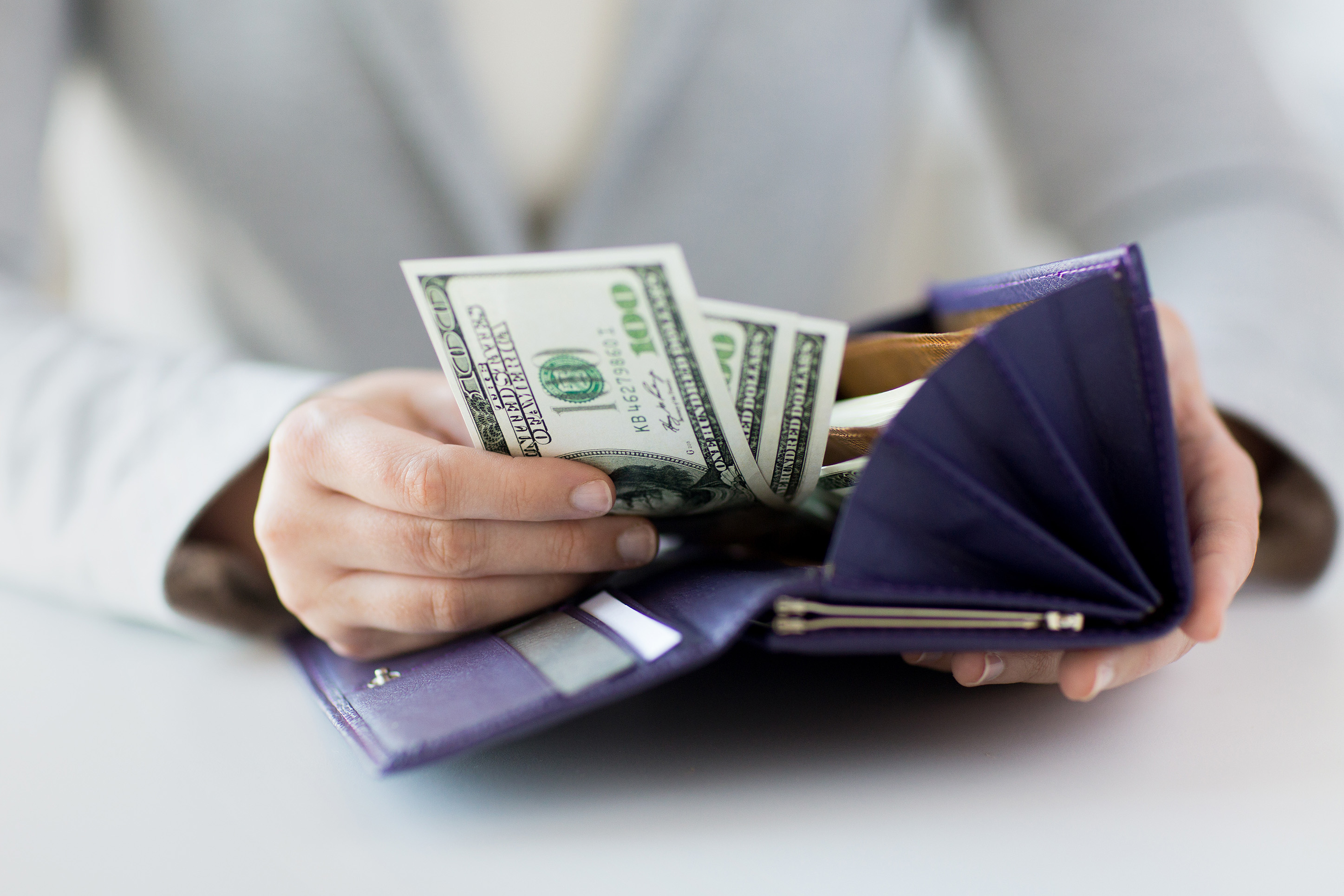Make an attainable monthly savings goal
Often, savings goals fail because they’re too ambitious. And as soon as you realize you can’t meet them, it’s easy to give up entirely. Be realistic about what you could save each month. Saving 10% of your income is often a good starting point. But even if it’s less than 5% of what you make, or even just $20, saving something is better than saving nothing.
Set up direct deposit
Get your paychecks sent automatically to your bank account with direct deposit, and save time going to the bank to cash a check. Direct deposit is safe and secure, and you don’t have to worry about a stolen or missing check. Then, because you know the dates of the month that the payment will clear, it’s easy to set up automatic transfers to savings.

Get automatic transfers going
When you pay yourself first, it’s easier not to spend every dollar you make before you even realize it. Set up an automatic transfer of the amount you’ve decided to save, and have it leave your checking account and go into savings as soon as your paycheck deposits. Then you won’t forget to save or spend the money before it’s set aside.
Take a look at your budget
Look at your budget, and see if there are any areas where you could spend a little less to beef up your savings. And if you don’t have a budget already and you aren’t sure how to start one, try a simple one like the 50/30/20 rule, where 50% of your income goes to needs, 30% goes to wants, and 20% goes to savings. You can also sign up for RMCU’s free Money Mastermind course for more tips on budgeting and saving.
Round up to the nearest dollar when you spend
Every time you spend money, round that amount up to the nearest dollar and put the change in savings. You can find some apps and accounts that will do this for you, or you can create a DIY version of rounding up. It might not seem like a lot, but every penny adds up over time.

Stash savings on purchases
When you get an item on sale that you were already planning to buy, calculate the difference between the sale price and the full price for the item. Then put that amount in your emergency fund. You were already planning to spend it, so now you can save it.
No matter where you are in your savings journey, RMCU is there to help support your financial life. Apply to become a member,* and benefit from the community feel, and personalized member support, along with all the account features you need to save.
*Must qualify for membership. Some restrictions may apply. Each account is privately insured up to $250,000 by American Share Insurance. By member’s choice, this institution is not federally insured.



